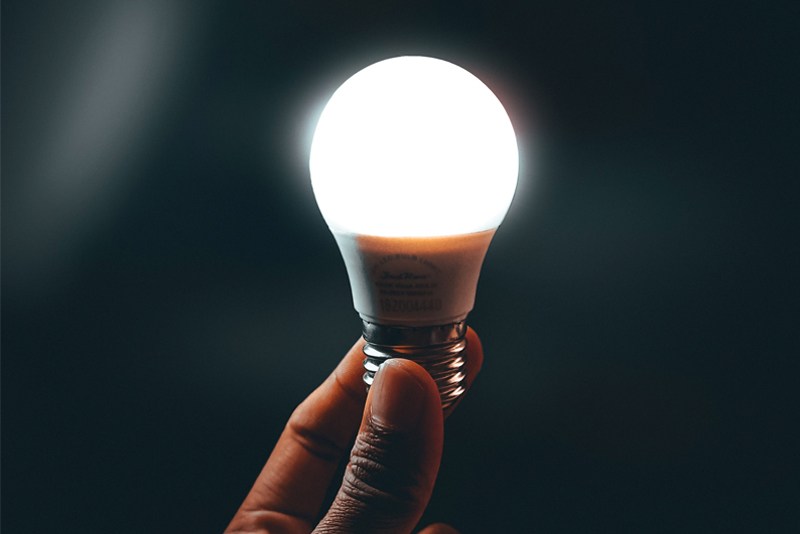With energy costs on the rise, it’s becoming increasingly expensive to light your home. That means that the decisions you make for the lighting of your home can have a serious impact on your wallet. In this article, we’re going to look at how different light choices can impact your energy consumption. That way, you’ll be able to find the best solution to your lighting needs without breaking the bank.
LEDs light the way to energy efficiency
Light emitting diodes (LEDs) are the next evolution in lighting technology, offering excellent brightness and incredible cost savings due to their energy efficiency, as pointed out in this article. It’s important to consider two different aspects of LEDs when choosing them as lighting for your home: colour rendering index and colour temperature. The colour rendering index is how accurately the light source can render colours. As a good rule of thumb, aim for a CRI rating of at least 80.
The other thing to look out for is colour temperature, which is measured in kelvins. The colour temperature varies so that the higher the number is, the bluer the light source becomes. Incandescent lighting is about 3000 kelvin. Try not to go above 4000 kelvin, unless you’re looking for strong, blue-hued lighting.
Traditional incandescent lighting is an inefficient option
Incandescent lighting is quickly becoming a relic from the past, largely due to its lack of energy efficiency. Compared to fluorescent and LED lighting, incandescent lights cost a lot to use. You can bring this cost down by installing dimmers around the home to use less energy, saving you around 20 % in energy costs if you dim by 25 %. Although they don’t cost a lot to buy, you end up paying more in the long run due to short life spans and high energy costs. So ideally, replace your incandescent lighting with something more energy efficient.
LED lighting offer more style options than traditional lighting
Another excellent benefit that LED lighting offers over traditional lighting is flexibility in design choices. LED lights are incredibly small – about the size of a rice grain – which means they can be housed in all types of casings to suit your interior design. This versatility in design doesn’t stop there, though, as LED lights are available in correlated colour temperatures. So you can choose to have a warm white, cool white or daylight effect from your lighting. You can even choose from an entire spectrum of colours from vibrant reds to mellow yellows.
